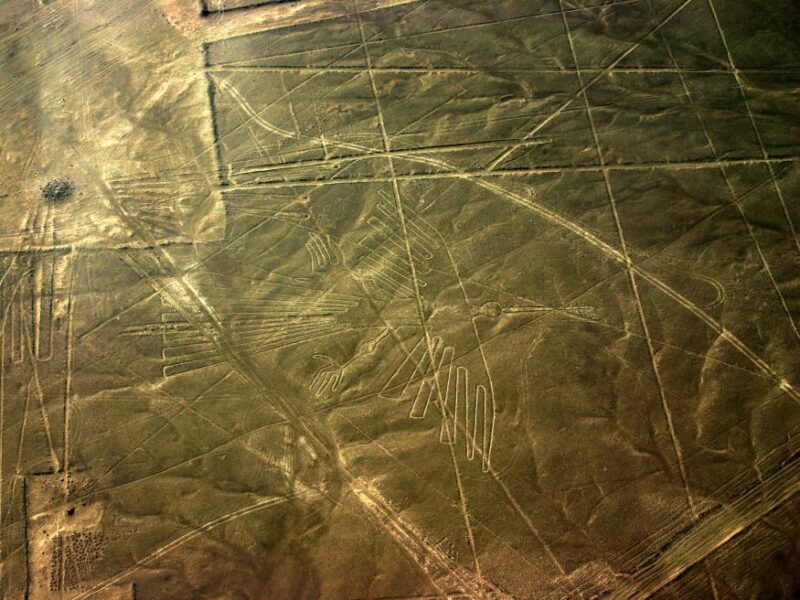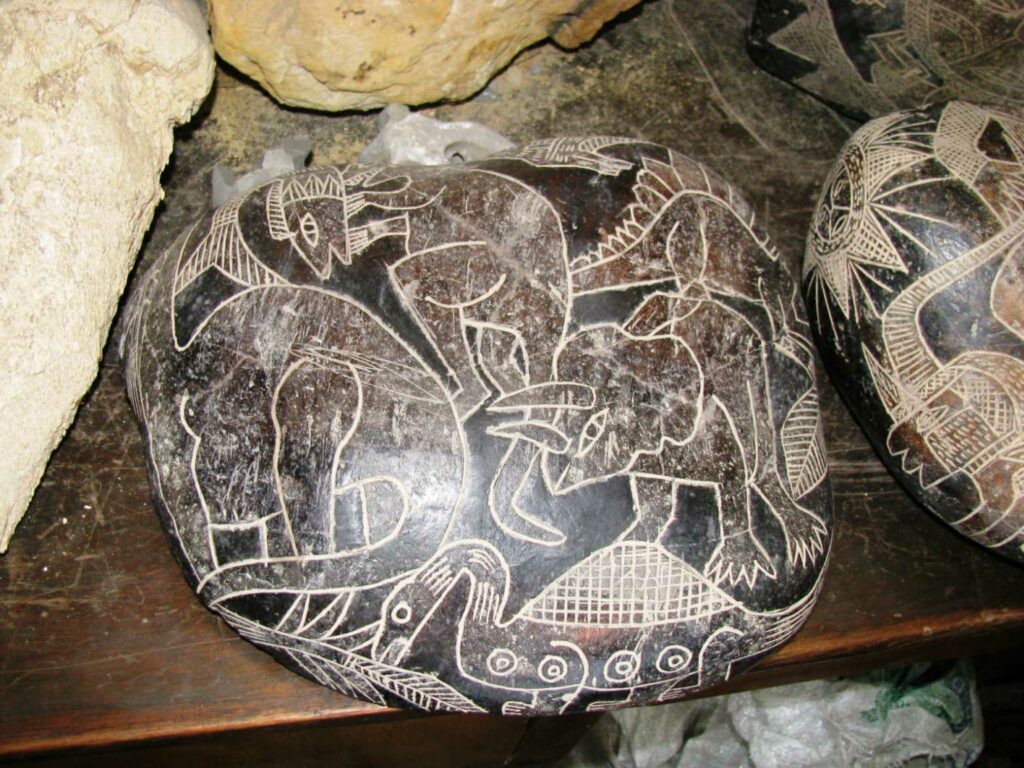On October 27, 1966, an artifact of unique proportions and shape that had never been seen before was unearthed by the Regional Museum of Ica. It was a gigantic granary bowl, and it was the largest pre-Hispanic pot ever found in Peru at the time.
The burned clay vessel had a diameter of 2 meters, a height of 2.8 meters, and sections of 5 cm on the walls and 12 cm at the base.
Archeologists discovered seeds of beans, Pallares, yucca, lucuma, and guavas within and on different floors. Because no stove remnants were discovered in the area, archeologists assume that the massive clay pot was transferred from another location to where it was finally unearthed in the distant past, roughly 2,400 years ago.
The massive clay pot was unearthed in Peru’s Paracas area, in the Pisco Valley. Its discovery prompted a slew of concerns since it was unique, long-lasting, and of remarkable dimensions. Yet, little or no information regarding the large clay pot or other comparable items has been made public, leading us to speculate on whether it was discovered in the region.
Paracas, Ica, Nazca

The preceding subtitle contains three names that should strike a bell if you know anything about Peruvian history. The Paracas civilization was an ancient Andean society that evolved around 2,100 years ago in present-day Peru, gaining a vast understanding of irrigation, water management, textile manufacture, and pottery items.
More significantly, they are known for artificial cranial deformation, in which newborns’ and babies’ heads were lengthened and distorted, resulting in unusual, lengthy skulls. Ica is a region in southern Peru that has been inhabited by a number of ancient cultures throughout history. Ica, home to the Museo Reginal the Ica, is a historical treasure trove.
In the 1960s, a man named Javier Cabrera introduced the world to the so-called Ica Stones, a contentious collection of andesite stones allegedly discovered in the Ica province and bearing illustrations of dinosaurs, humanoid figurines, and what many have interpreted as evidence of advanced technology.

These items are now considered a contemporary fabrication and have been debunked. archaeologist Ken Feder commented on the stones: “The Ica Stones are not the most sophisticated of the archaeological hoaxes discussed in this book, but they certainly rank up there as the most preposterous.”
Nazca is possibly the most well-known. This region, which is home to the famed Nazca lines, is one of the most well-known in Peru. The Nazca Lines are a collection of gigantic geoglyphs cut into Peru’s Nazca desert. The huge lines, which were most likely erected circa 500 BC, encompass a total length of 1,300 km (808 miles) and cover an area of around 50 square kilometers (19 sq miles).
The pot is made of clay
Its vast size is uncommon, and while it may spark conspiracy theories considering its proximity to the Nazca Lines, the Ica area, and the so-called Paracas skulls, the contents of the clay pot and the material it was constructed from might reveal a lot about its function.
To begin, the Regional Ica Museum characterizes the clay pot as a granary jar, an artifact in which ancient humans would store seeds or food. It is the largest one discovered in Peru, although it is not the only one. The huge pot, which dates back 2,400 years, was made in 400 BC. According to Peruvian archaeologist Julio C. Tello’s classification, the huge clay pot was created during the Paracas Necropolis era, which spanned from roughly 500 BC to around 200 AD.
The Paracas-Necropolis period gained its name from the fact that its rectangular cemetery, unearthed in Warikayan, was separated into multiple compartments or underground chambers, reassembling a “city of the dead” according to Tello (necropolis). Each enormous chamber was purportedly held by a distinct family or clan, who buried their forefathers for many centuries.
The question of whether the clay vase came from Warikayan, a big ancient village, or from a neighboring hamlet remains unsolved. Because artifacts of similar sizes have not been discovered in the area, researchers suspect that the ancient clay container was carried there in the distant past, maybe as a trade or a gift from surrounding villages.
We do know that it was used to store food by the ancients before it was abandoned. We know it’s made of fire clay. Its unique size implies that whoever built it intended to store a considerable amount of material within.
It most likely housed seeds or food and was covered, may be buried beneath the earth, and topped with a top. Burying the clay vase into the surface and keeping food inside it may have helped the food last longer by shielding it from greater temperatures above the surface.
The massive Ica Clay Vase is one of the most intriguing yet lesser-known objects from an area where huge ancient societies emerged, matured, and finally vanished.
It demonstrates that the region is more than just the Ica Stones, the Nazca Lines, and the bizarre Paracas Skulls. It also informs us that amazing relics may be lying beneath our feet for thousands of years, hidden from history and waiting to be recovered and restored to their former grandeur.























